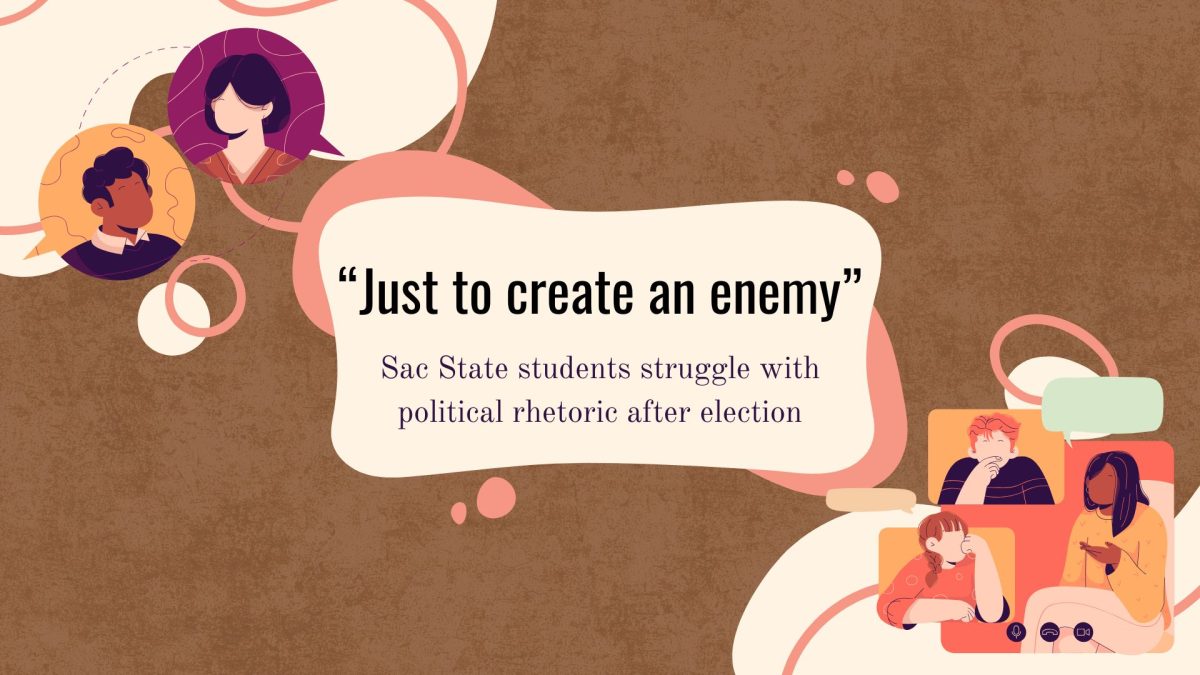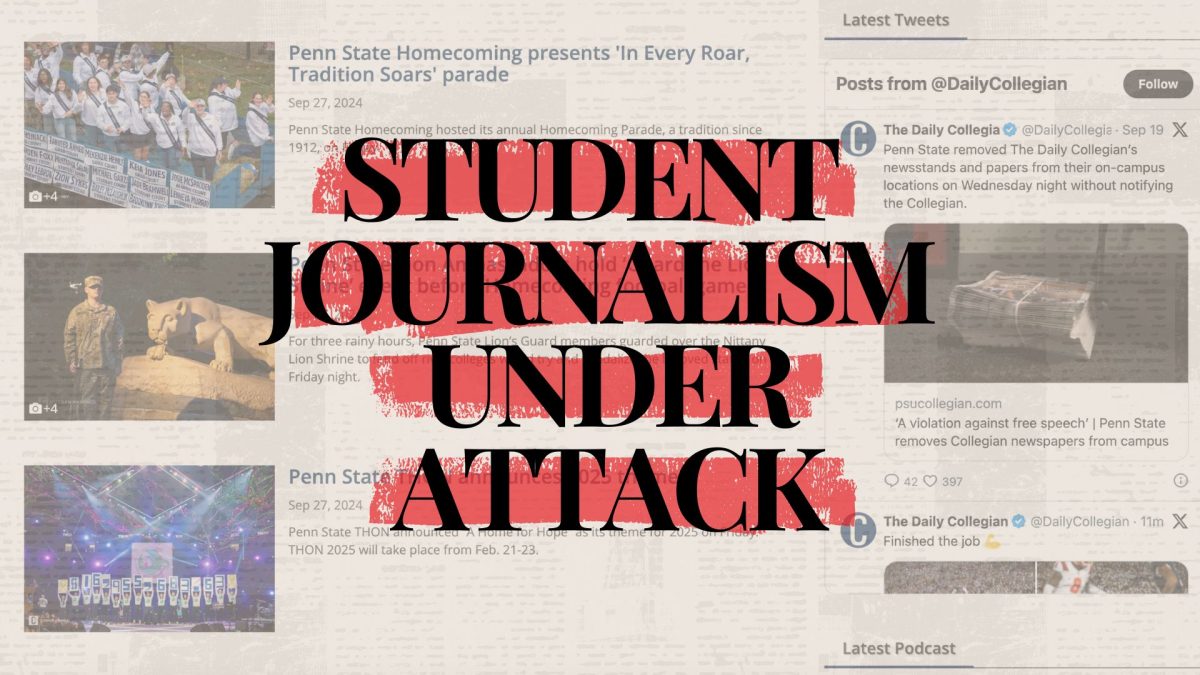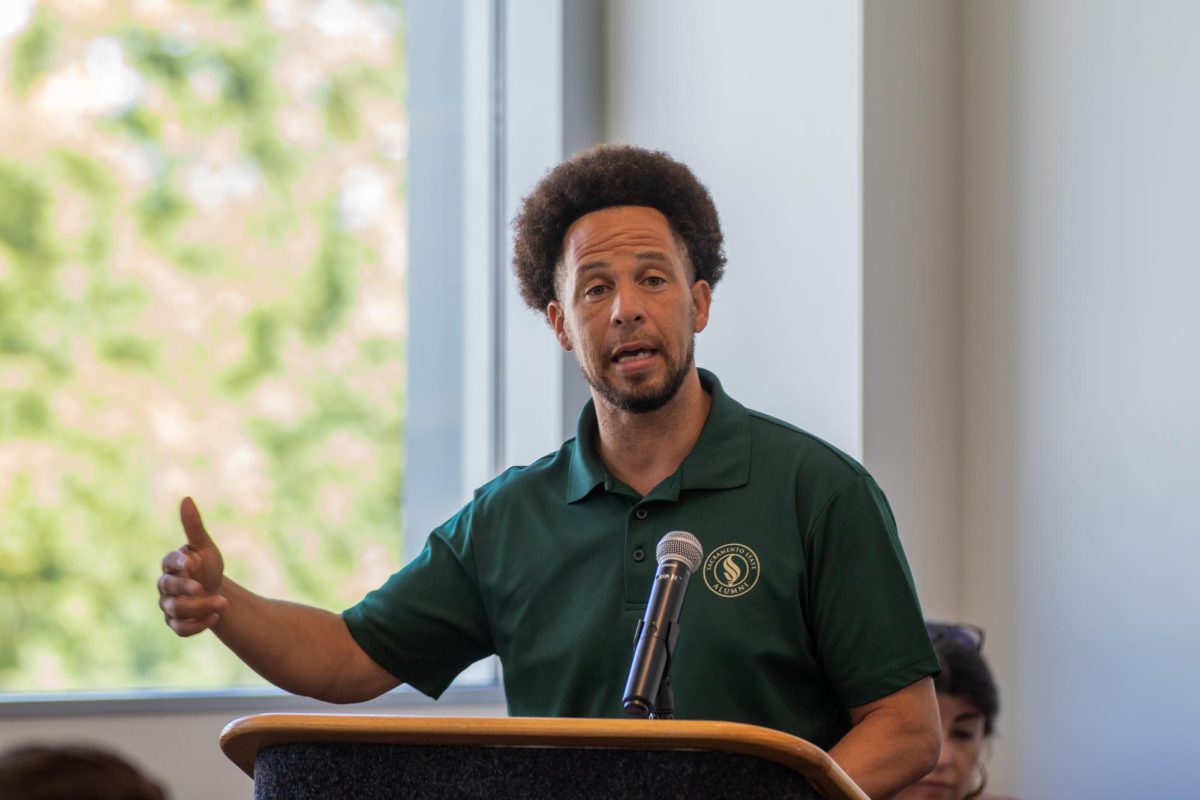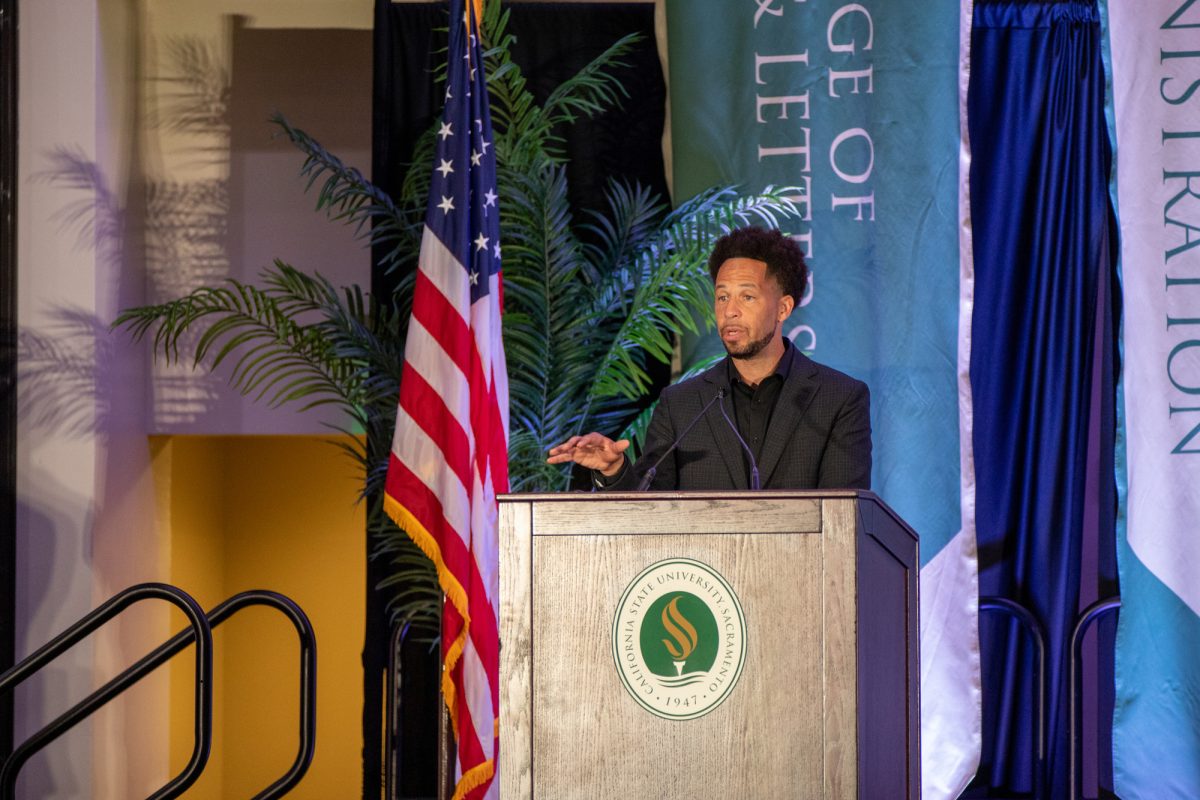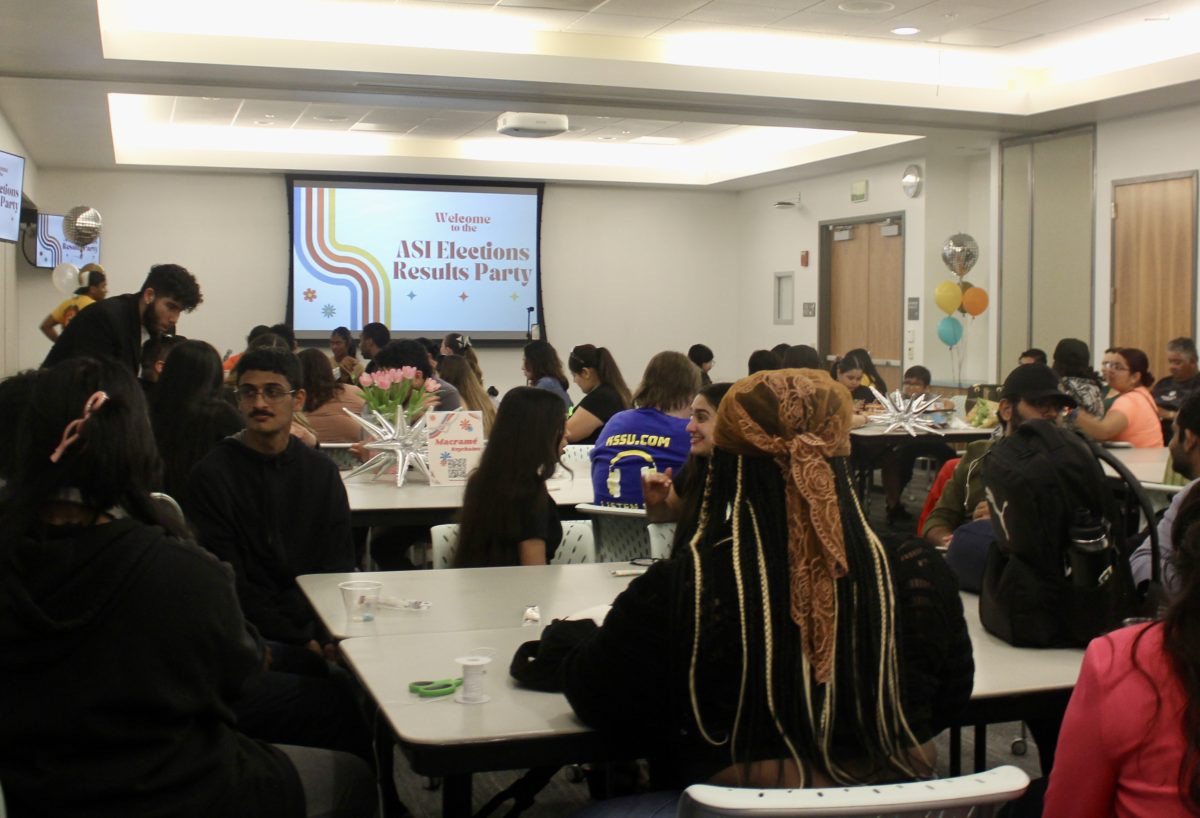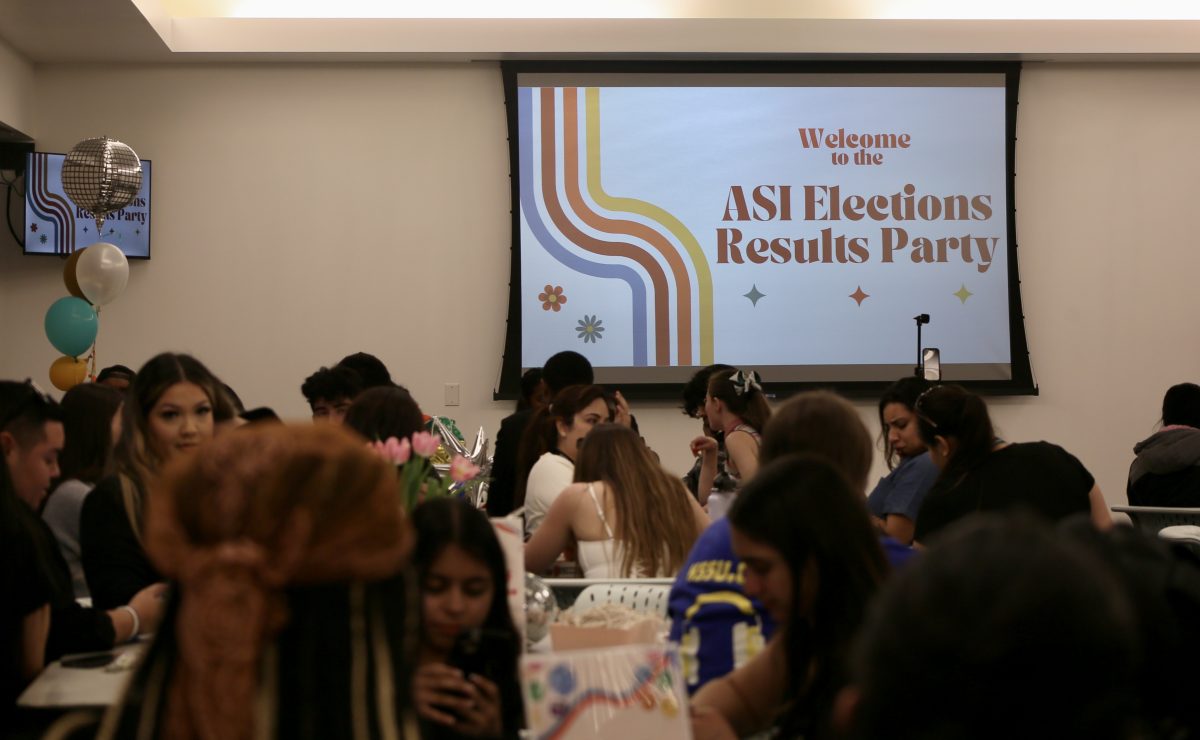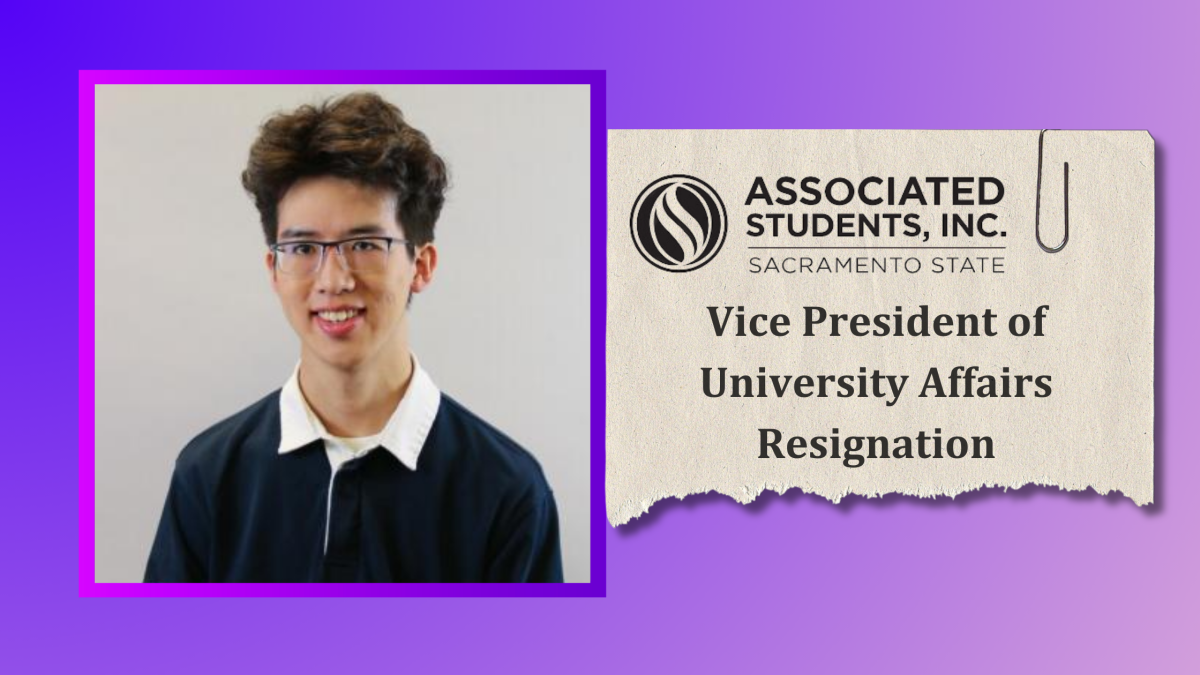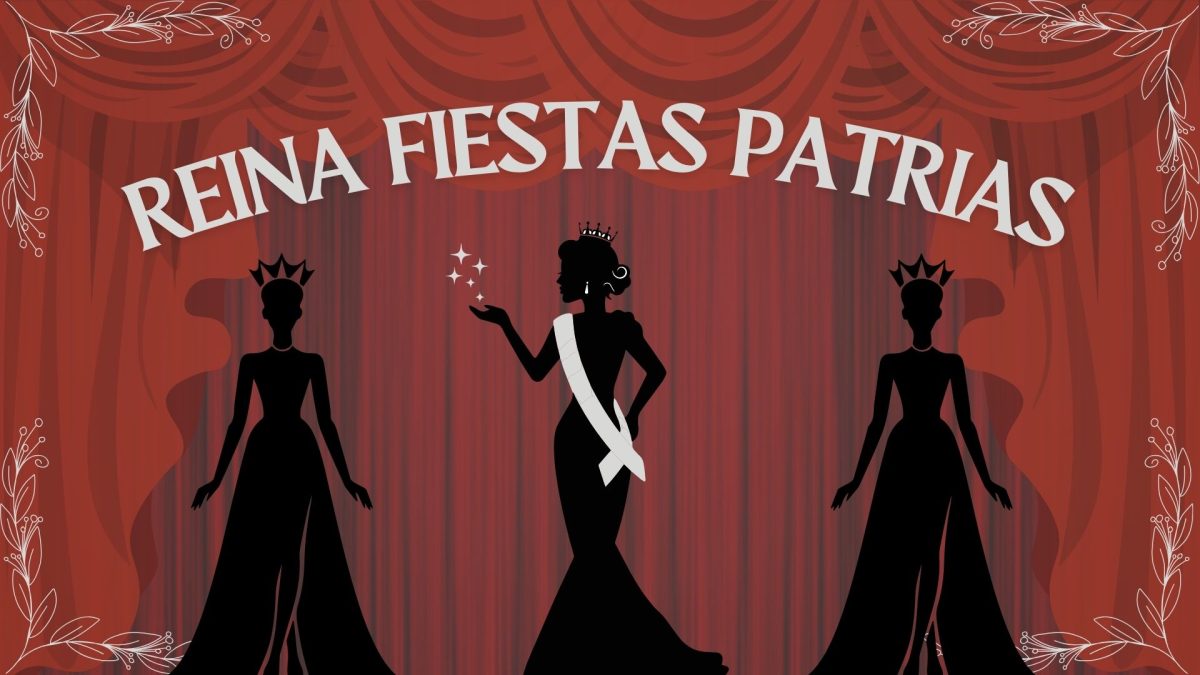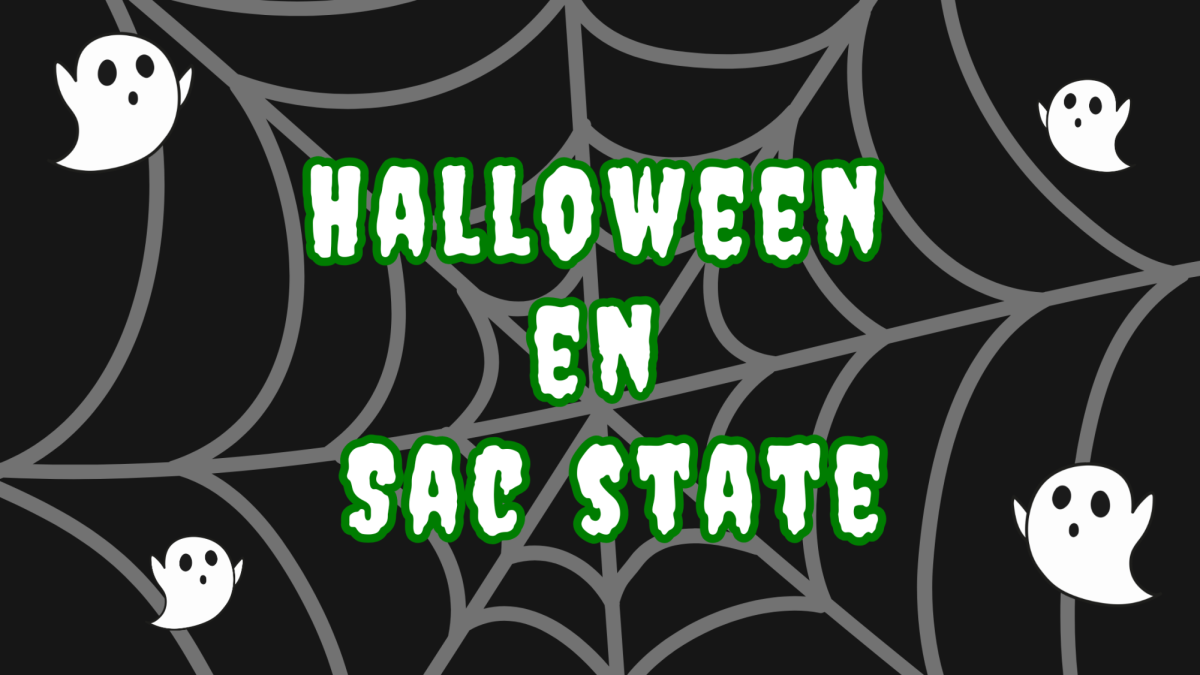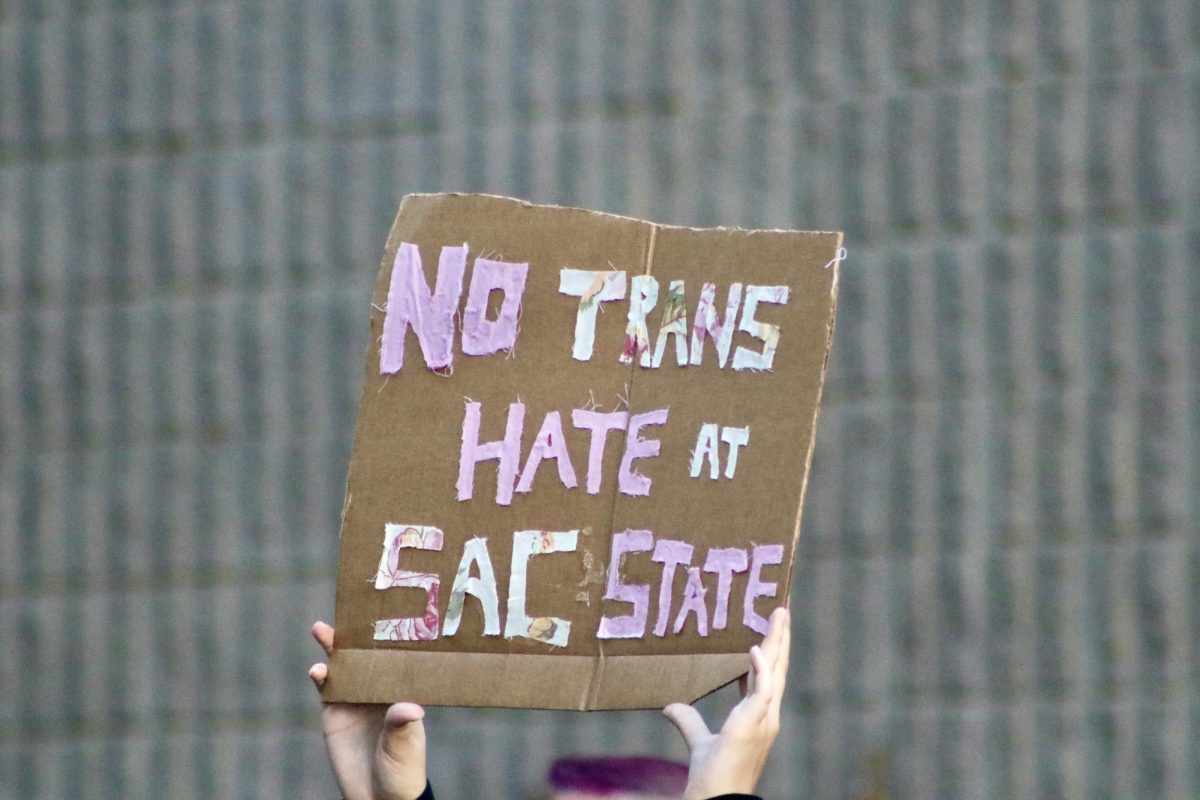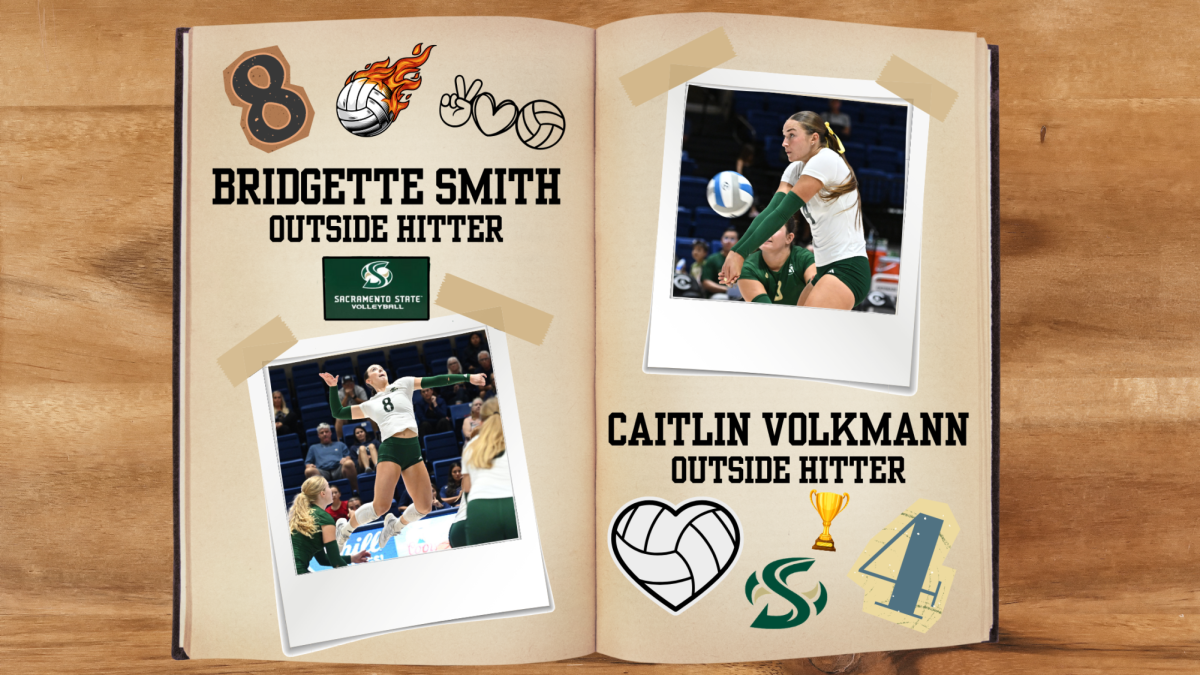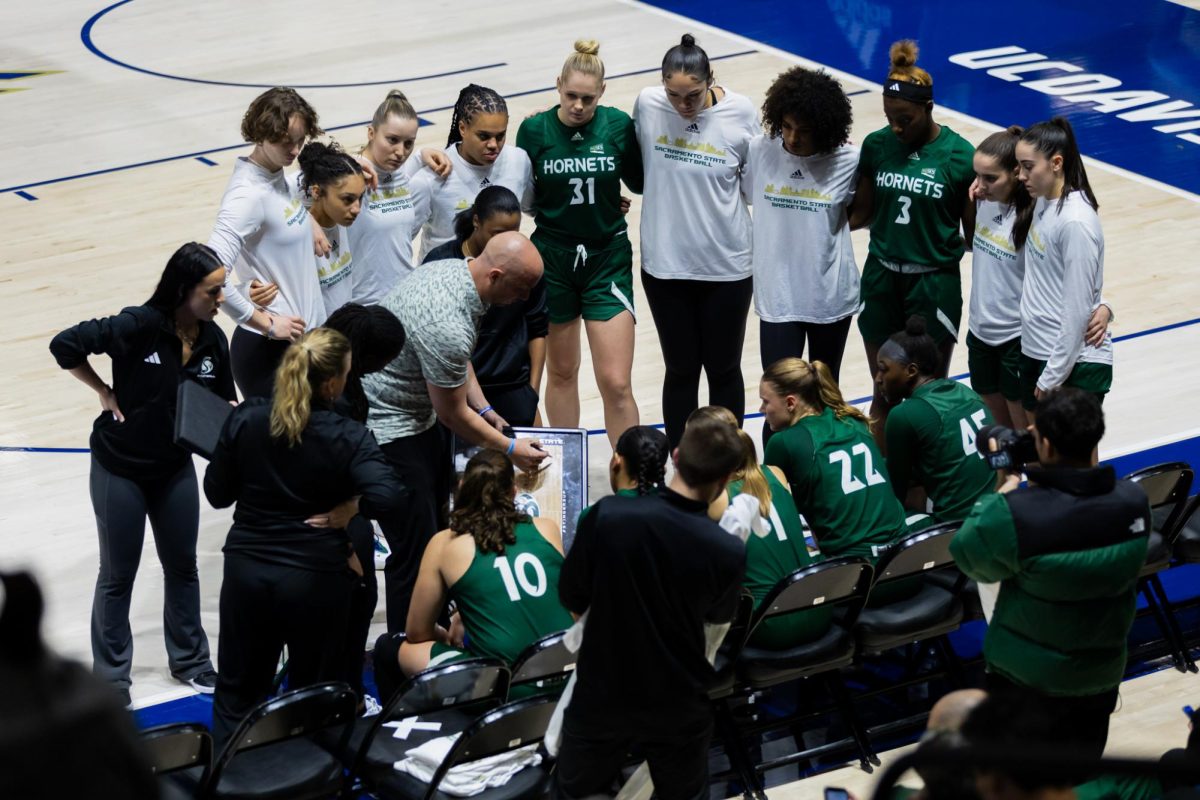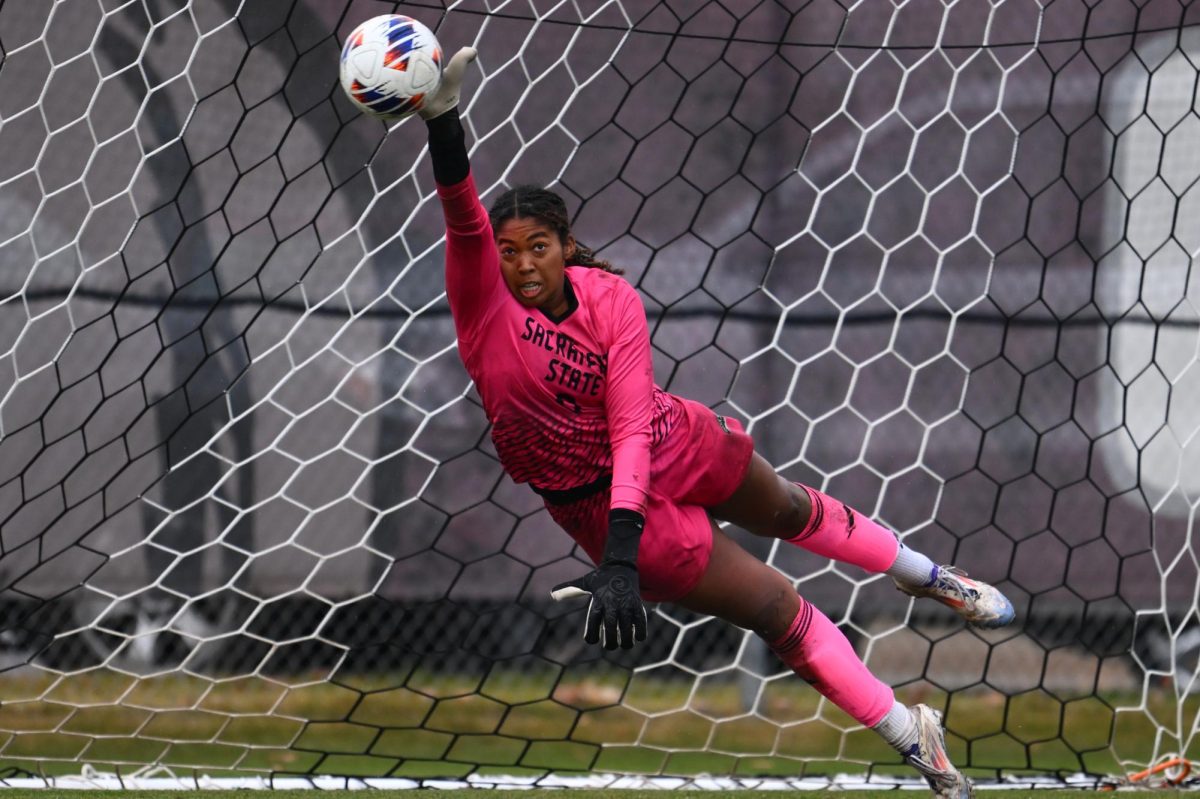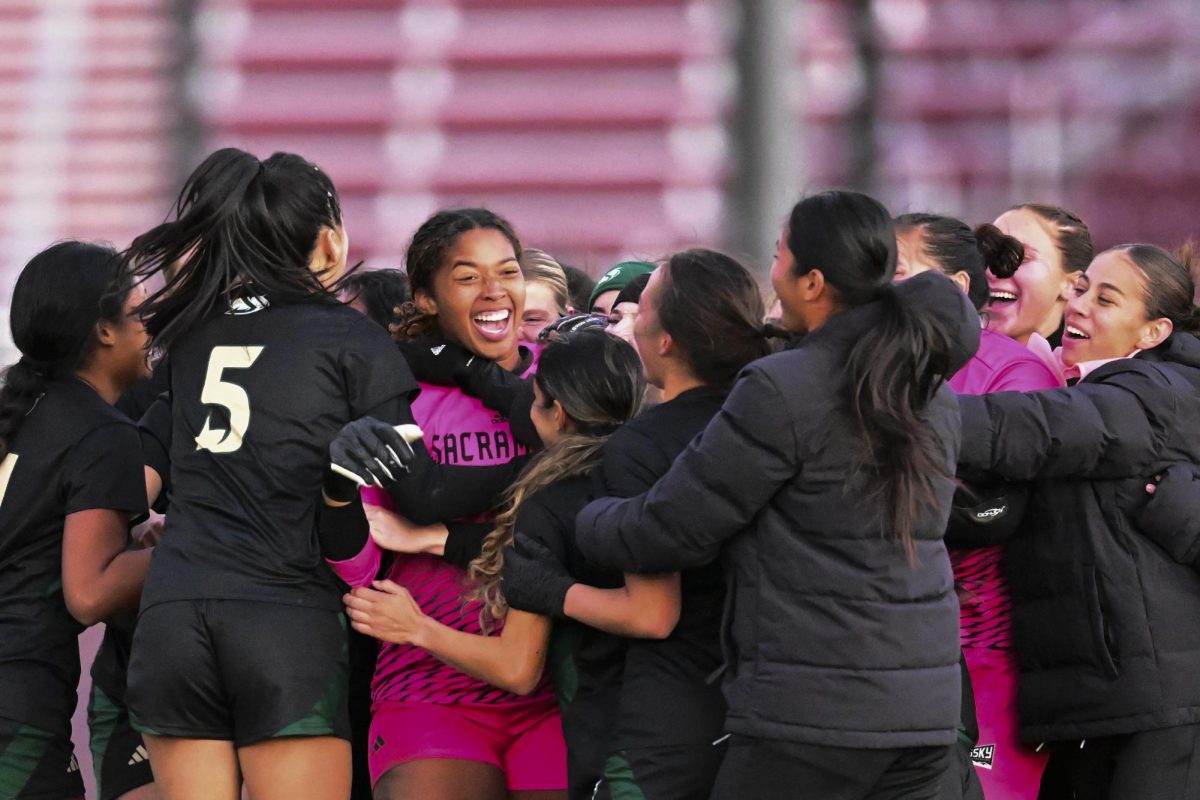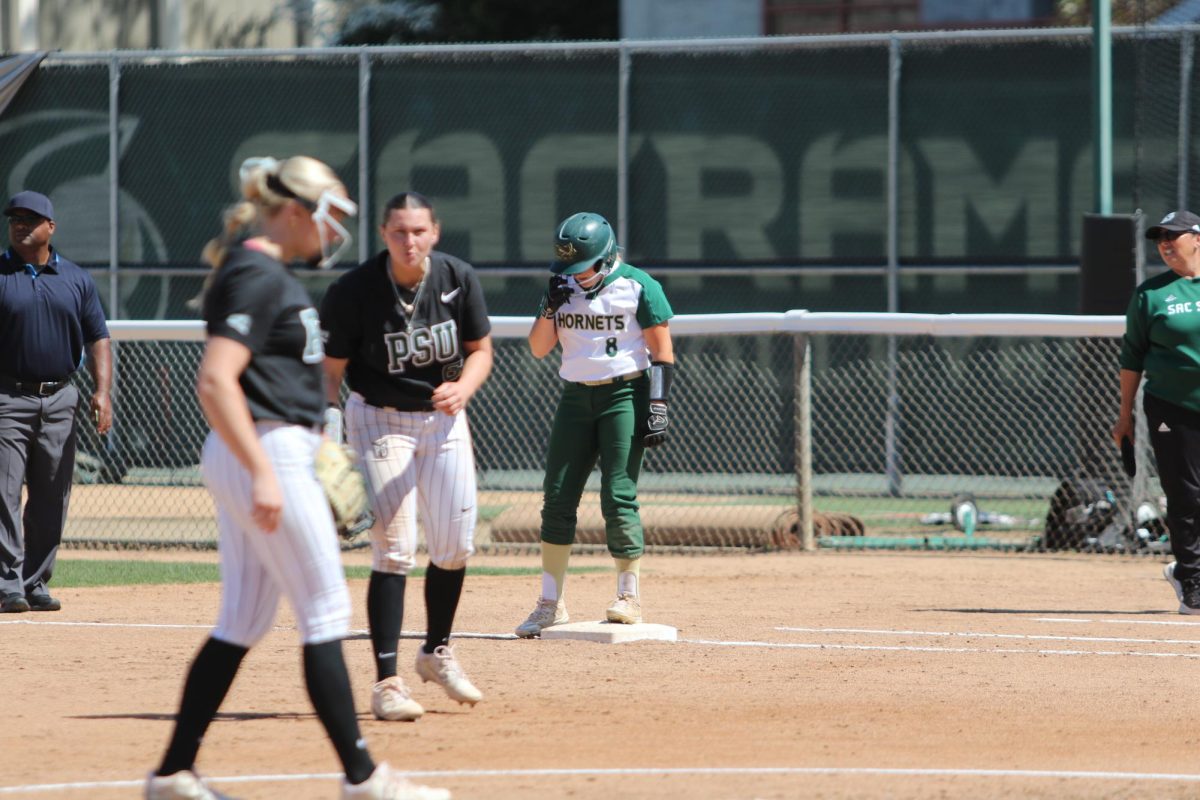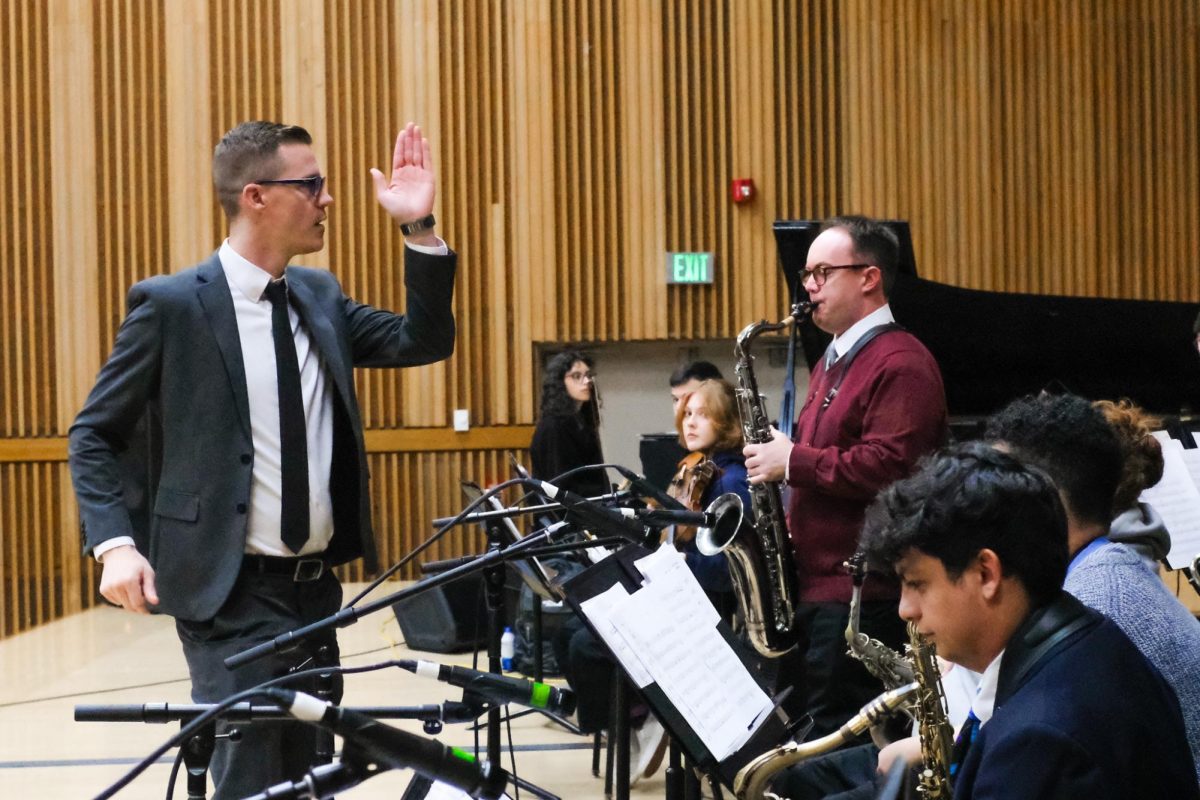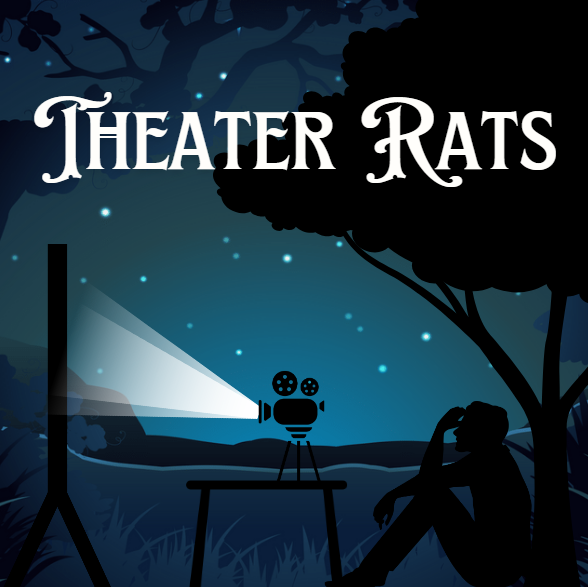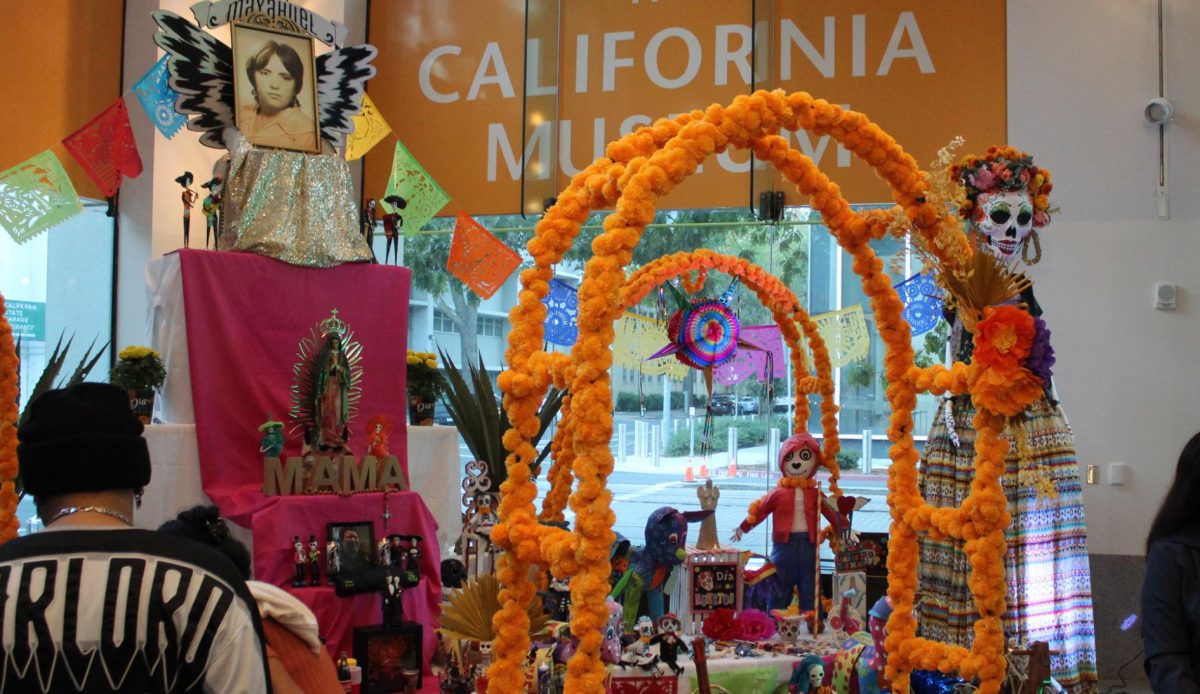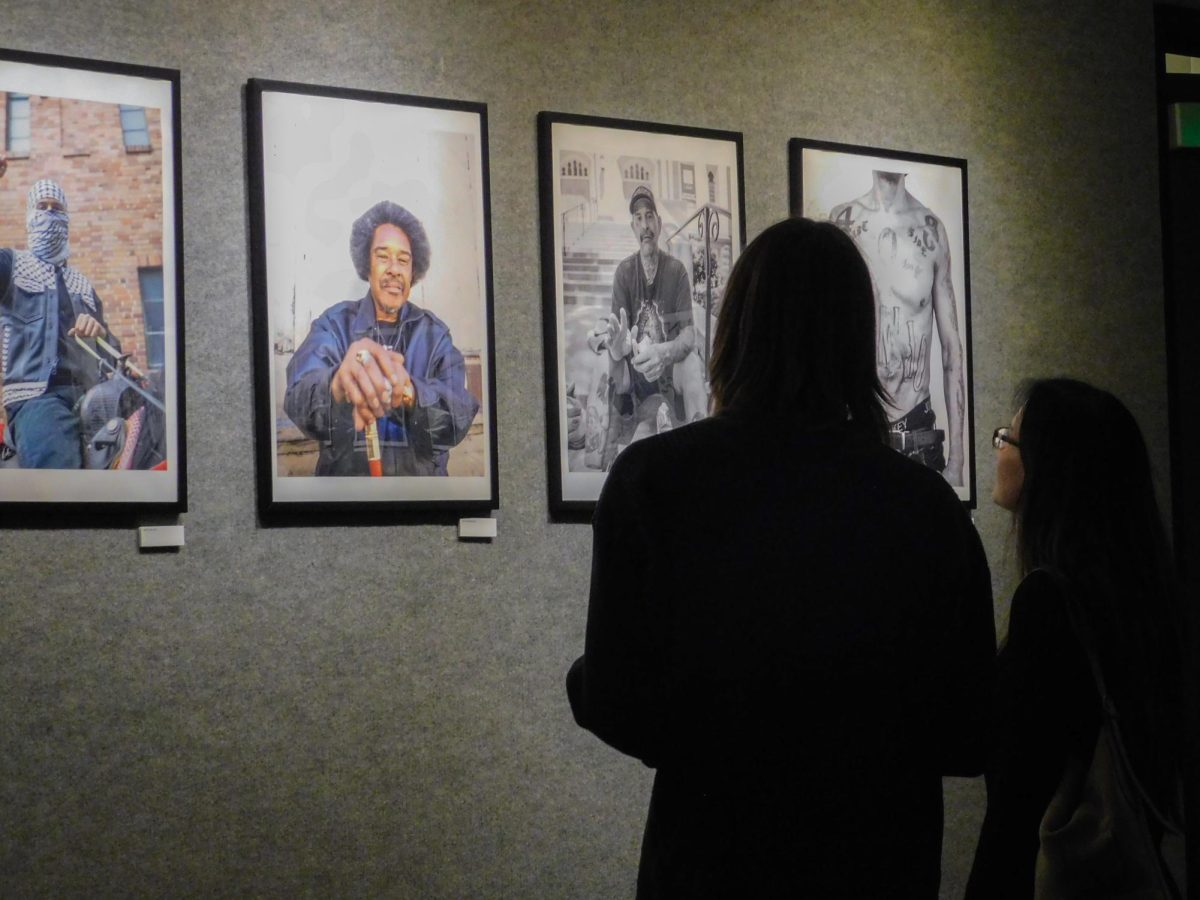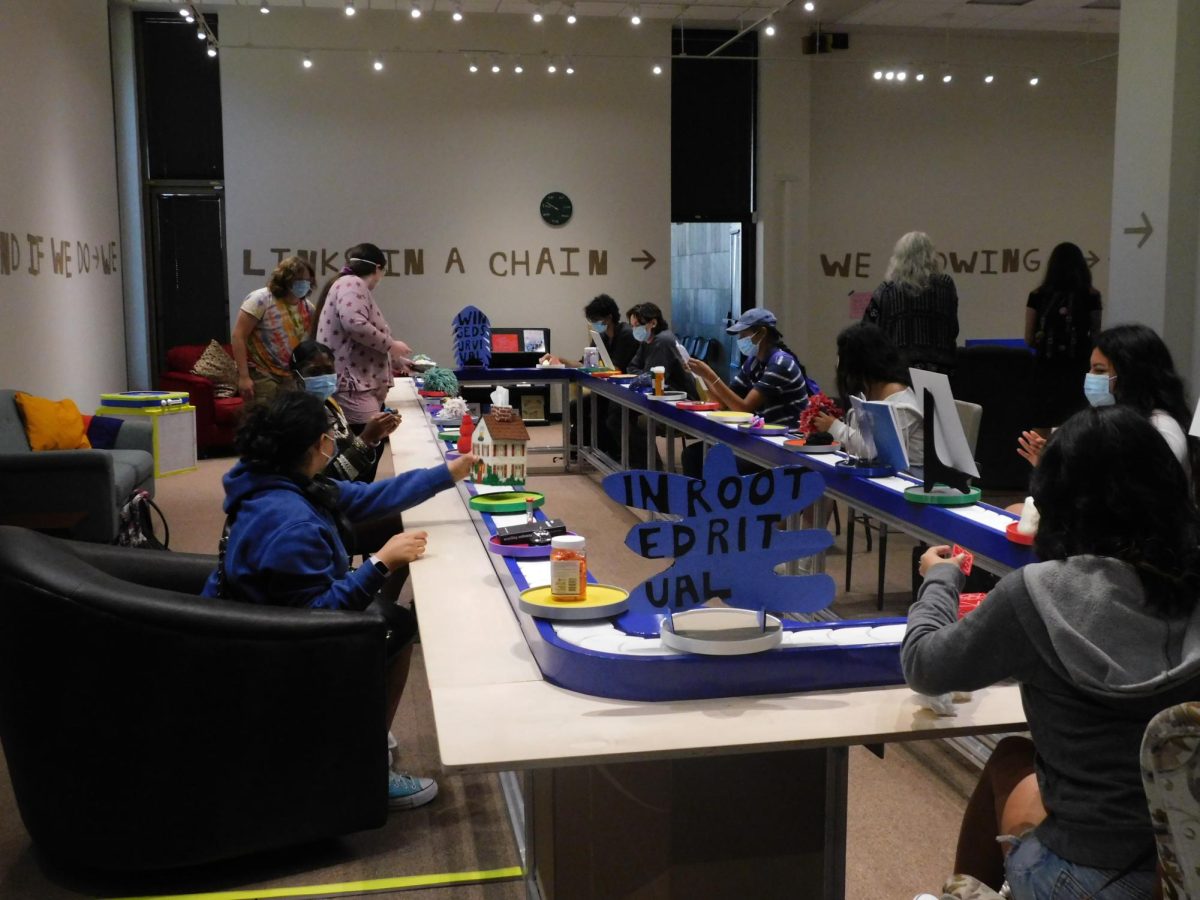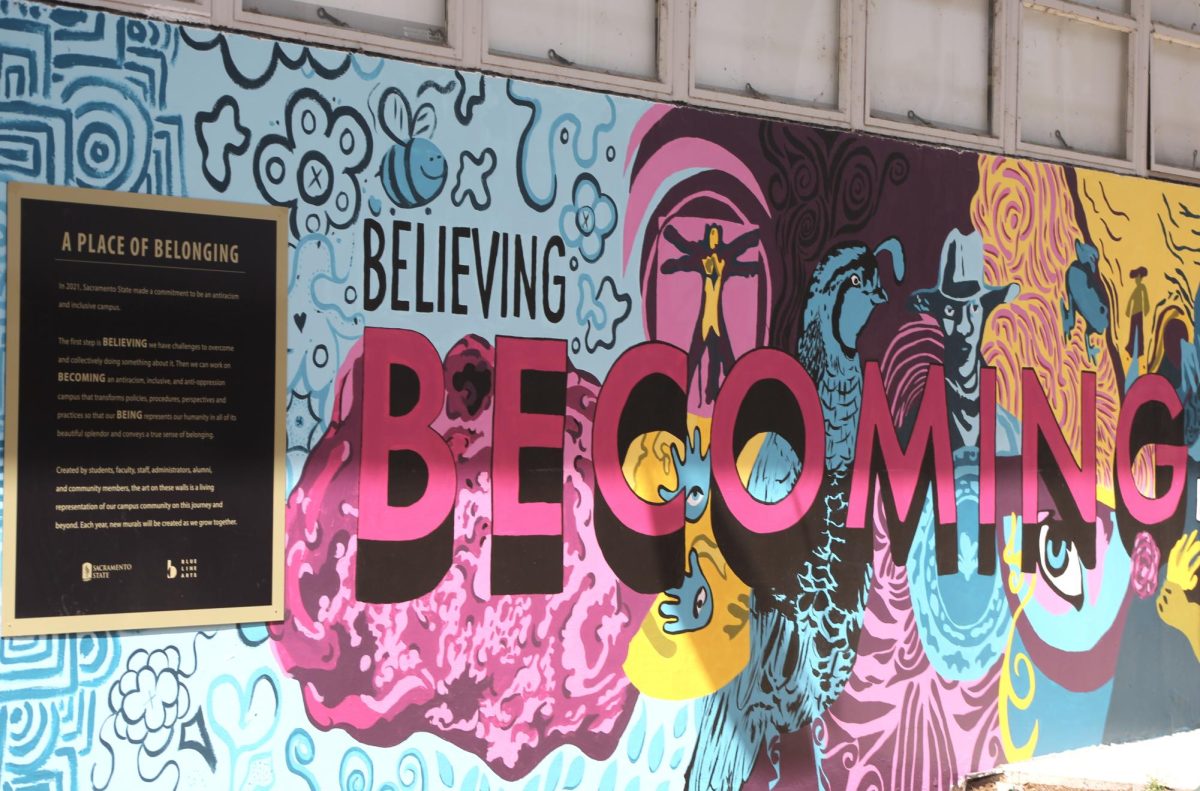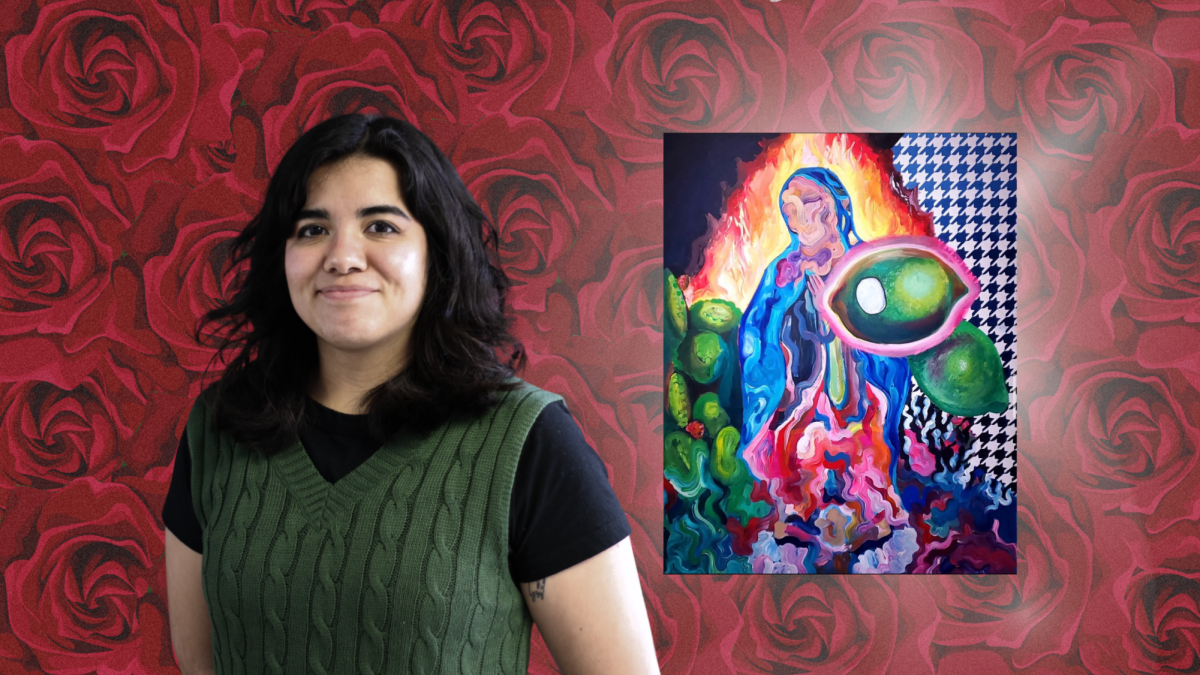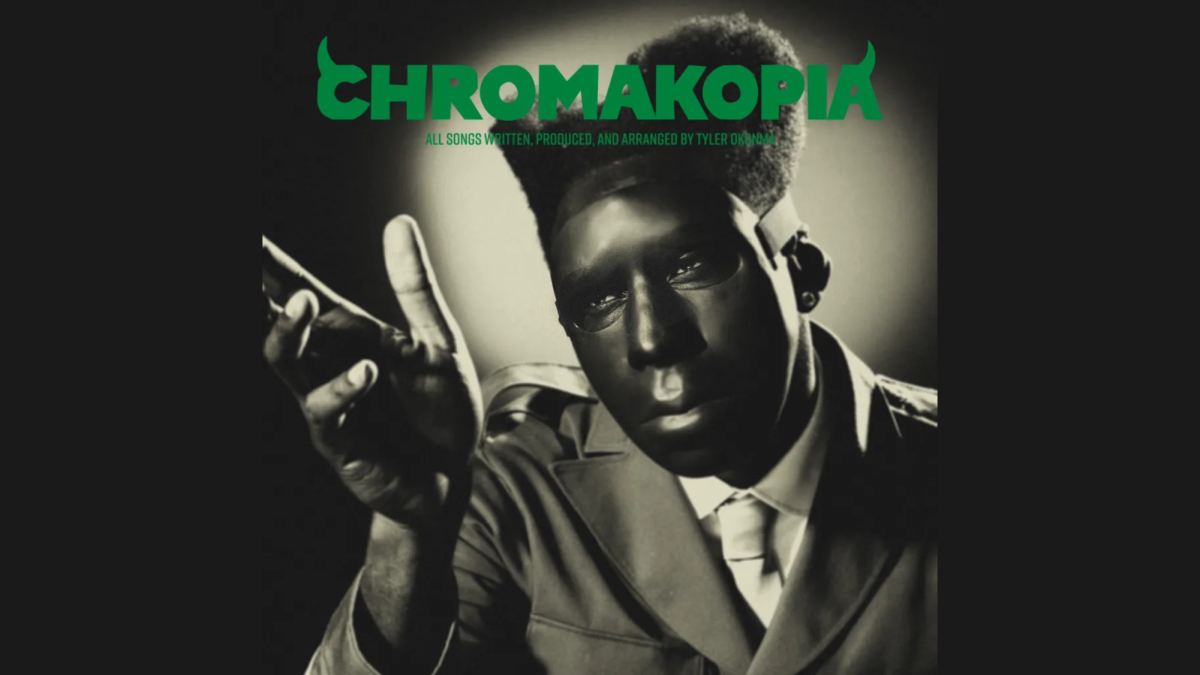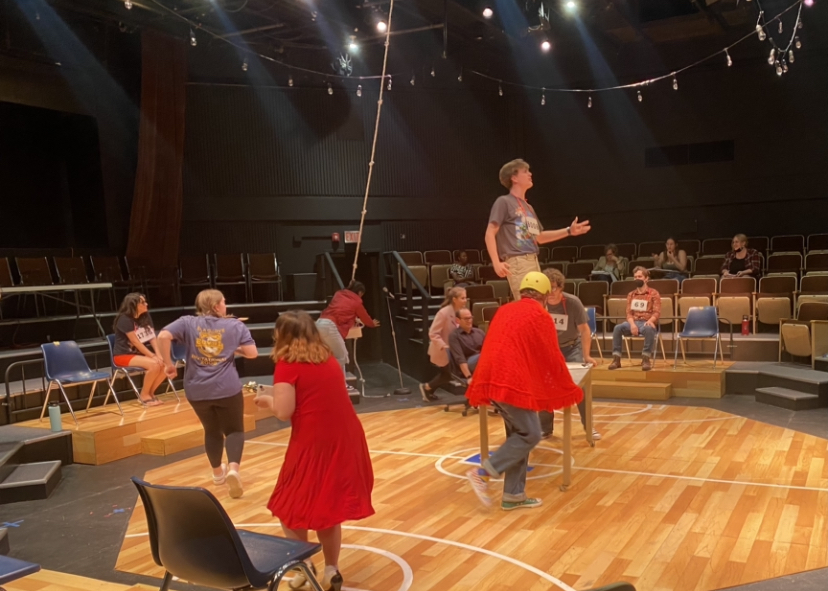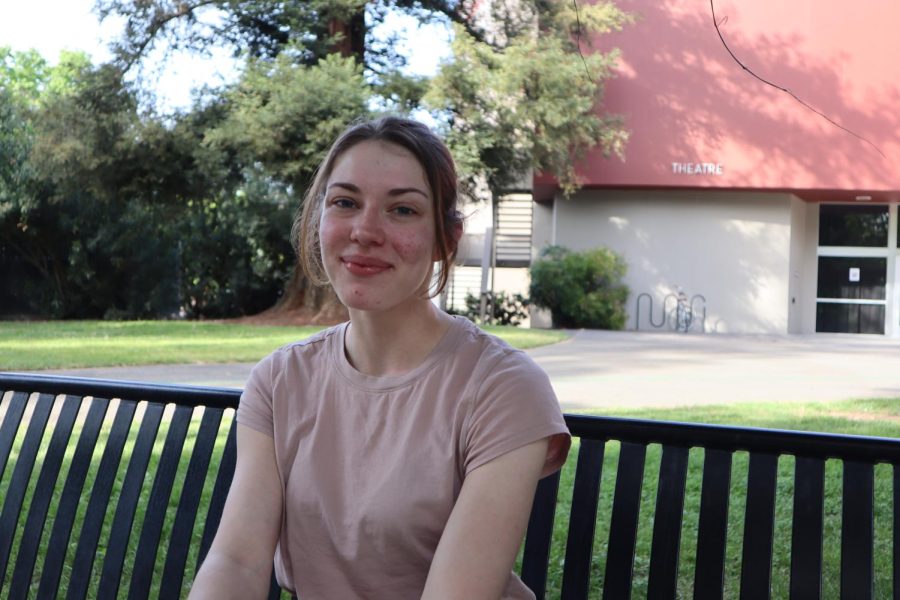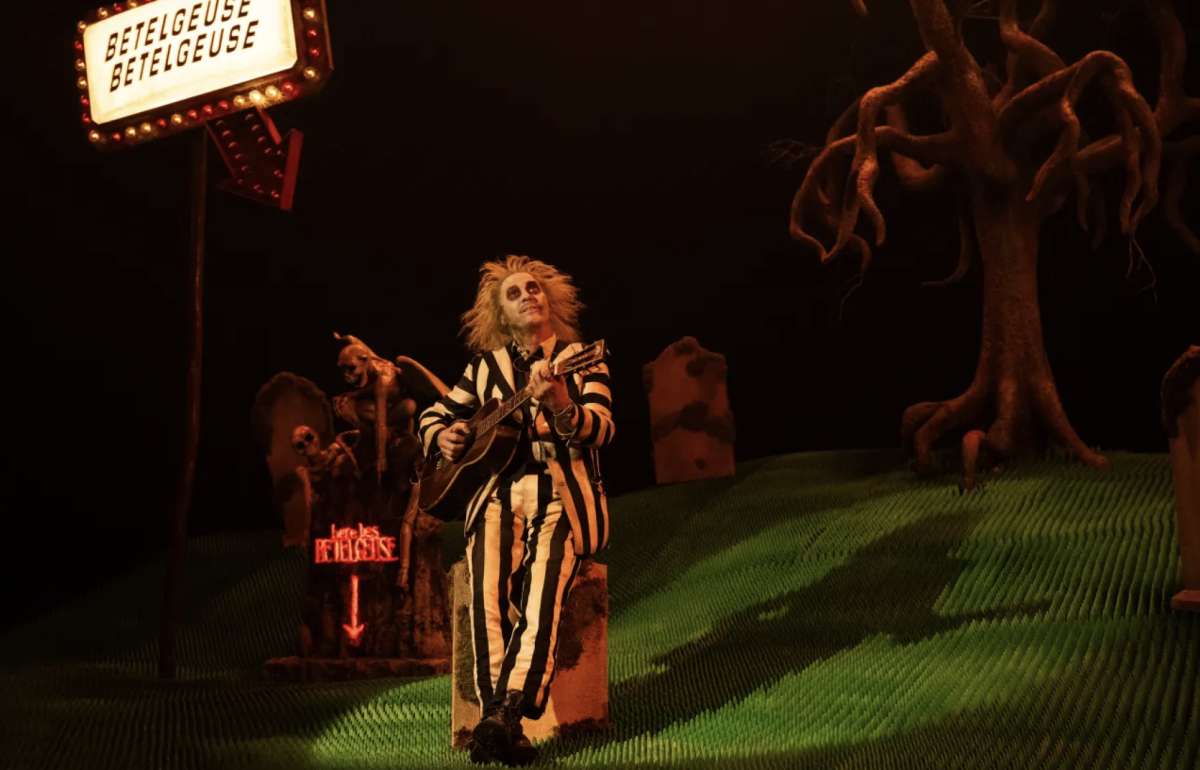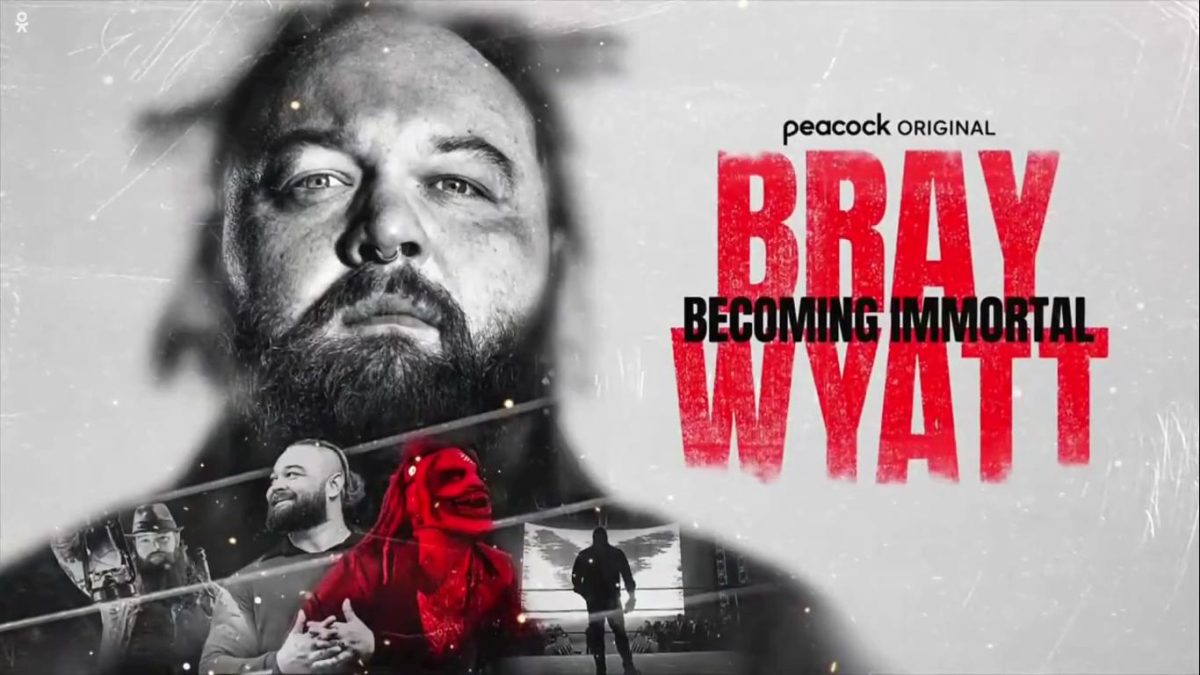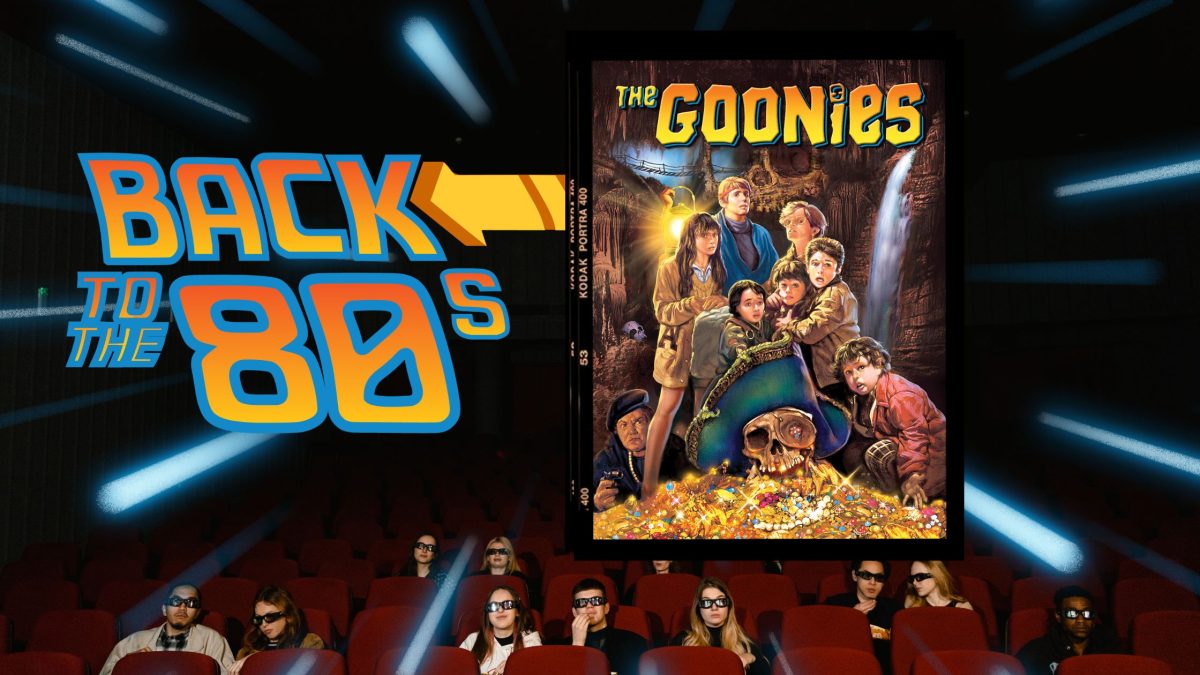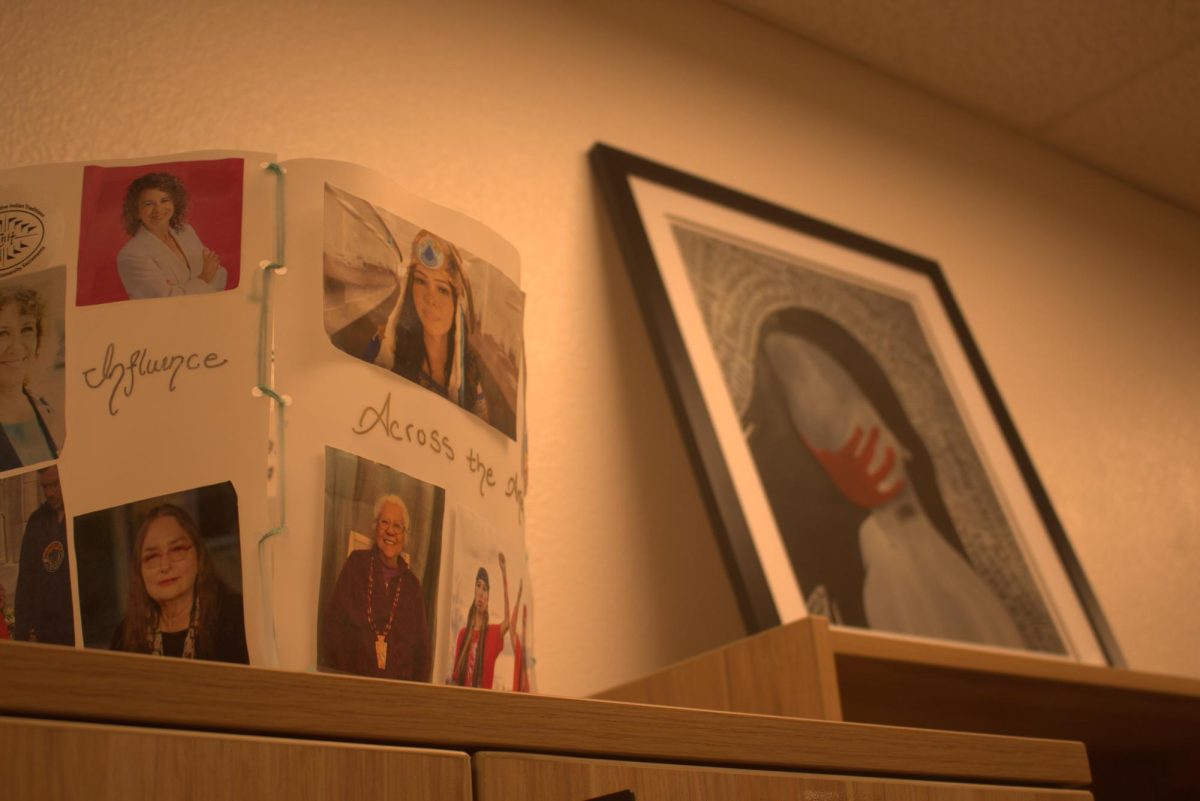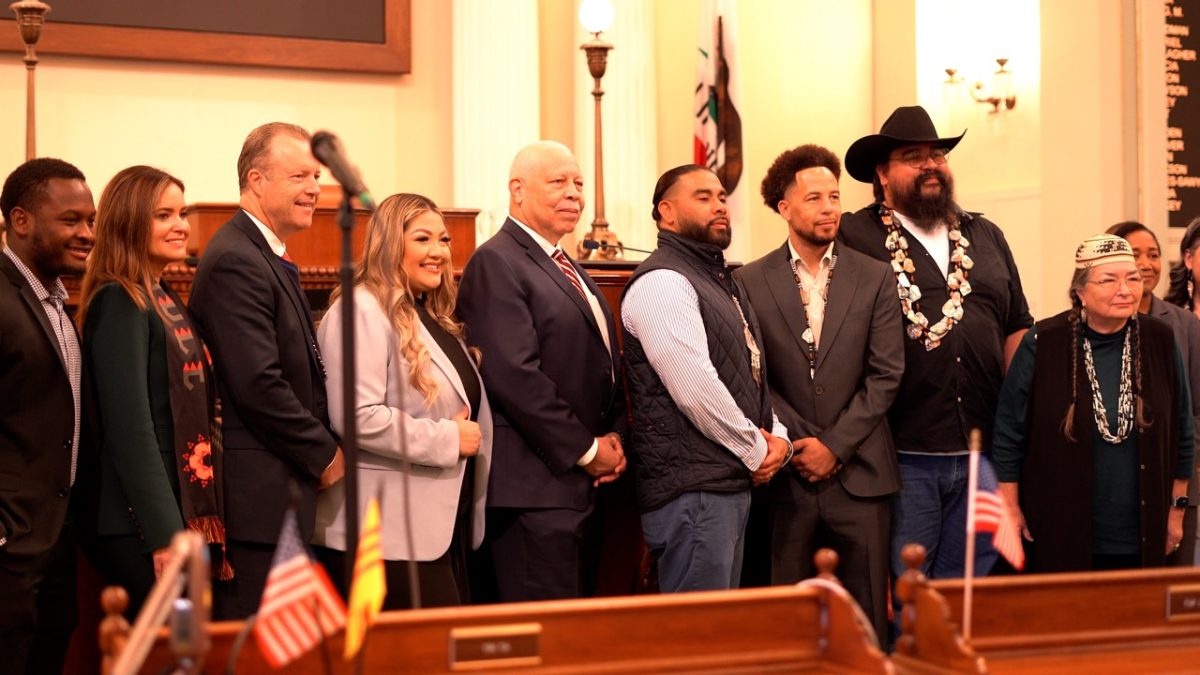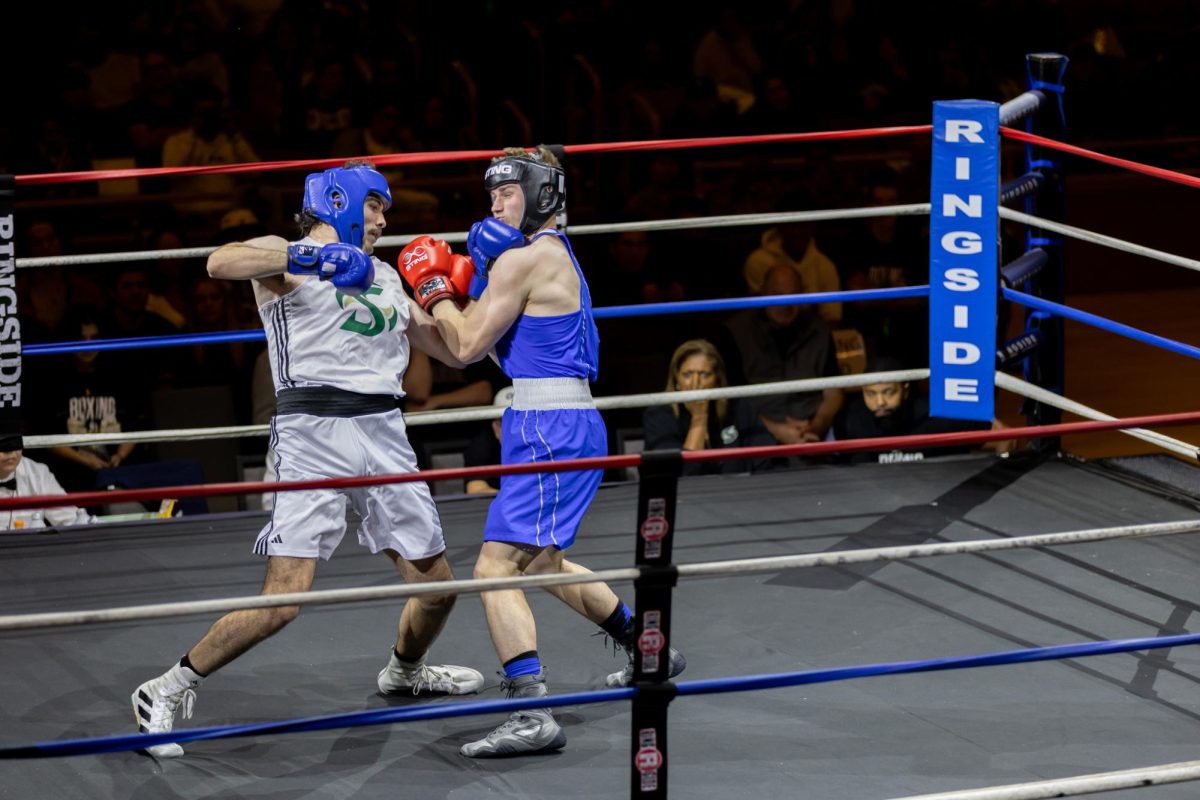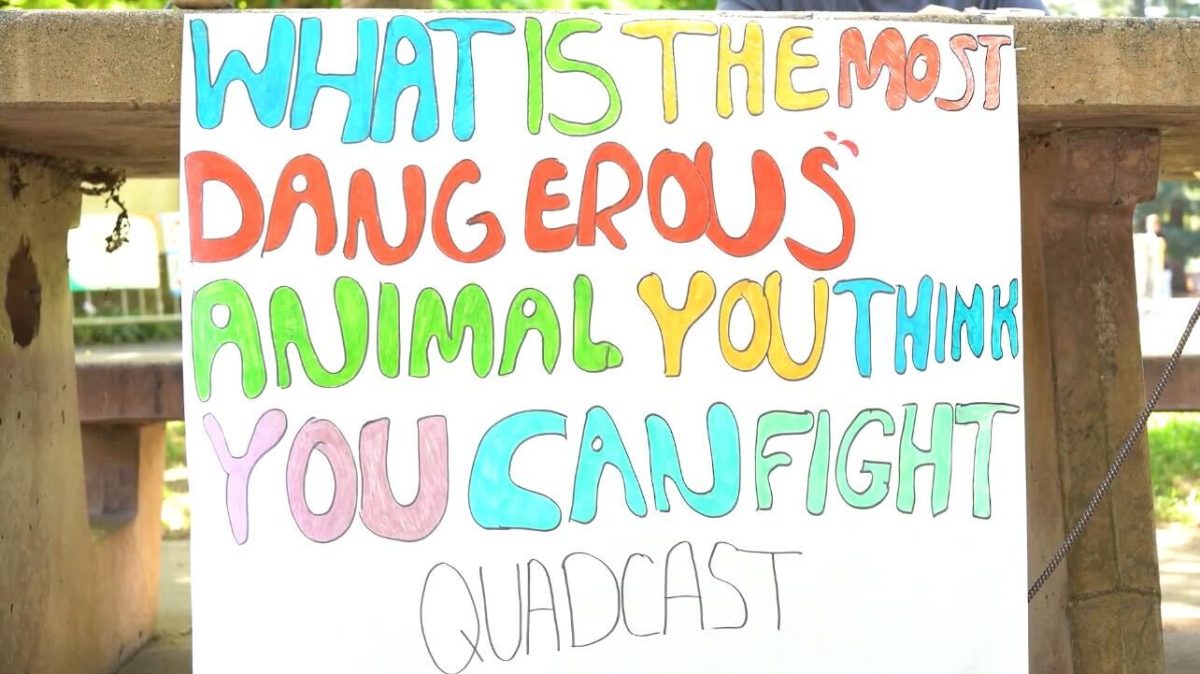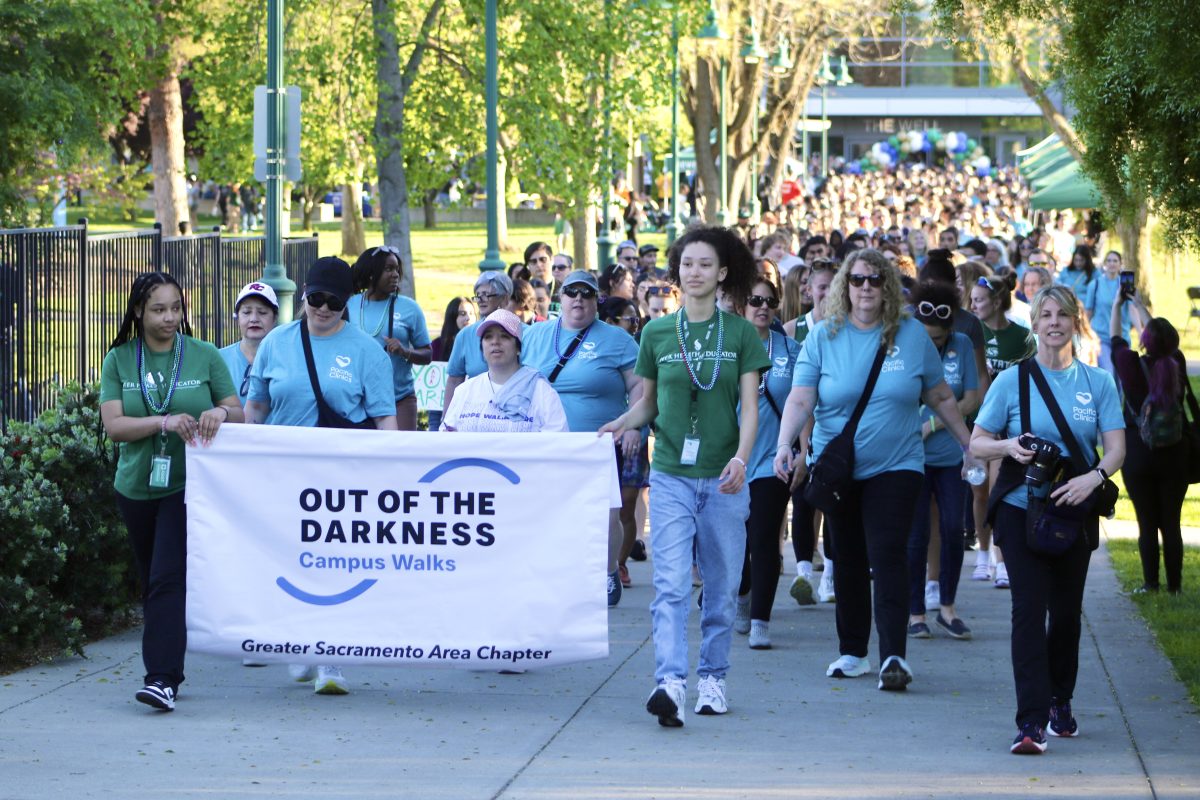?Storytelling? tells two stories
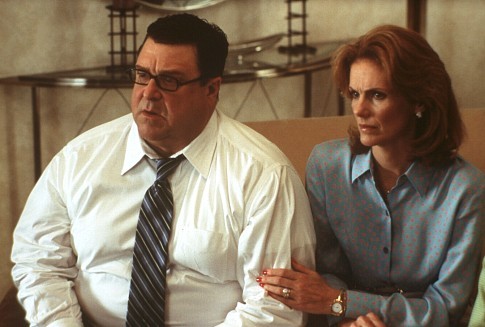
Image: ?Storytelling? tells two stories:Photo courtesy New Line CinemaJohn Goodman and Julie Hagerty play Marty and Fern Livingston, the parents of an unfocused son, in Todd Solondz?s film “Storyrtelling.” The film?s two parts, “Fiction” and “Non-fiction,” have separate casts and sto:
March 12, 2002
Though the title of Todd Solondz?s latest film, “Storytelling,” seems to be an uninspired title to a book with no substance, this movie, like his last two, “Welcome to the Dollhouse” and “Happiness,” is offensive, funny and ingenious. The writer/director takes a brave step forward as he examines the relationship between contemporary American culture and its movies.
“Storytelling” is separated into two stories: “Fiction” and “Nonfiction.”
“Fiction” focuses on a young, punked-out English student named Vi, played by Selma Blair in her best performance yet. Vi?s writing professor is Mr. Scott (Robert Wisdom), an intimidating black man who?s a Pulitzer Prize winning author of “Sunday Lynching.” He resents his students and is famous for sleeping with the females in his class.
The most talked-about scene of the film is a chance sexual encounter between Vi and Mr. Scott. In dealings with New Line and the MPAA, Solondz promised an “R”rating; however, when the MPAA advised him to cut this sex sequence he instead inserted a red rectangle over the violent sex. This is an obvious statement about censorship, but it?s distracting from the more powerful search for truth. The conflicts between open and hidden truths are better-depicted moments before where Vi is alone in a bathroom, repeating to herself, “Don?t be racist, don?t be racist.”
The first part ends at a class round table, where Vi reads her story about a girl?s horrific sexual experience with a black man. The class, offended, describes it as a racist piece of work. “I wasn?t raised that way,” says one of Vi?s peers. Mr. Scott agrees with the class, and comments condescendingly that after the truth is written down, it becomes mere fiction.
Could this be a direct reference to Solondz?s critics who find him offensive? Solondz implicates to the viewer that there?s a particular way to watch the second part of the film. I hope you pick up on it.”Non-fiction,” a considerably longer story, is where Solondz gets even more personal regarding his own work. A struggling director named Toby Oxman (looking a lot like Solondz), played marvelously by Paul Giamatti, attempts to make a documentary film about suburban high schoolers. He decides to focus his camera on a degenerative teen named Scooby Livingston (Mark Webber) and his family. Scooby is an unfocused kid himself, but dreams of working for Conan O?Brien.
This is where Solondz?s mean playfulness starts getting funny. Oxman, in a mockery of the Academy award winning “American Beauty,” films a straw wrapper blowing with leaves in the wind. When filming the family at an uncomfortable quite dinner, Mr. Livingston (John Goodman) pushes the camera away. In this one brief movement we are remind that “American Beauty” is also a real story, and not a very funny one.
The most offensive scenes in the movie are the interactions between Mikey Livingston (Jonathan Osser), the youngest brother, and the El Salvadorian maid, Consuelo, played by Lupe Ontiveros. Little Mikey is unintentionally insensitive to Conseulo?s situation, constantly degrading her with his unassumingly harsh words. Mikey?s ignorance momentarily strips all hope for America?s future. Little boys are usually portrayed as innocent in movies; this is not the case in “Storytelling.” If one feels a bit offended about Mikey?s harsh bigotry, one should recall the first story, and realize that Solondz is the narrator and addresses us personally (if one hadn?t seen the first part of the film, then they might not understand how to handle the uneasiness of these scenes).
The most furiously profound rip on “American Beauty” comes toward the end when Scooby sneaks into a test screening of Oxman?s documentary, entitled “American Scooby.” The audience laughs at what they see on the screen, while at the back of the theater, Scooby begins to cry.
More than anything else, this film should be seen because of its use of “American Beauty” as a punching bag.
Like John Waters, Todd Solondz aims his message at the greater movie-going audience, not just the “art house” regulars. Even though mostly the latter will see this film, he knows that if there?s going to be change in Hollywood movies, it would have to be the result of a more conscious American public. Maybe he should have called his film “American Storytelling.”






